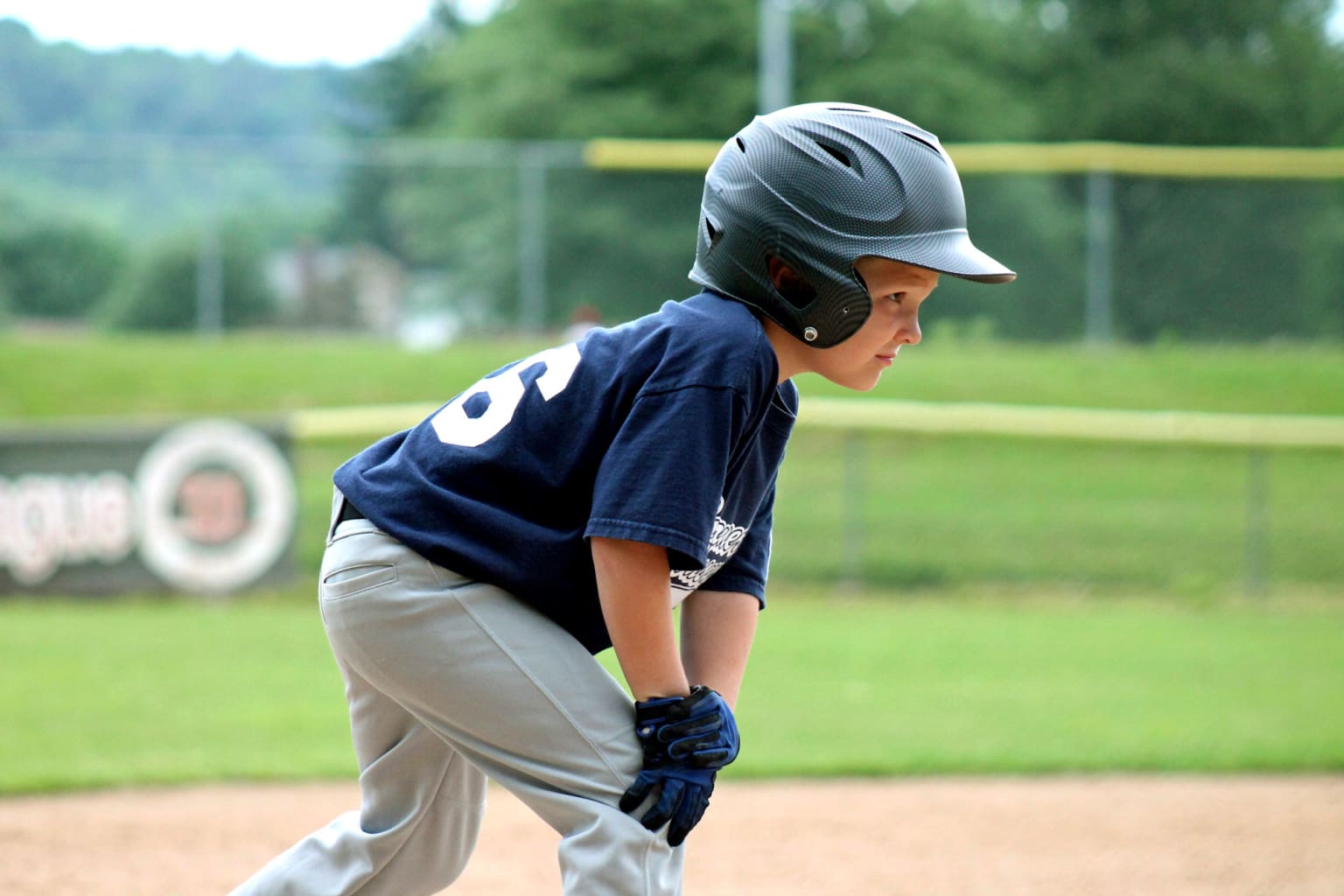
To explain and outline an umpire’s parameters for allowing an offensive team a courtesy runner means replacing a baserunner after a batter-runner has reached base safely; and is applicable in all divisions of Little League Baseball® and Little League Softball® except Senior Division.
Situation
With two out and no runners on base in the bottom of the first inning in a Little League Baseball® Major Division game, the batter hits a ball over the second baseman’s head and the ball roles to the base of the fence between the centerfielder and right fielder. The batter-runner safely reaches second base. After the ball is delivered back to the infield and returned to the pitcher, the manager of the offensive team asks for, and is granted “time out” by the home plate umpire. The offensive team’s manager instructs the home plate umpire that he would like to replace the runner on second base, who is the team’s catcher, with a “courtesy runner” so that the player can return to the dugout to get dressed for the next defensive inning. The home plate umpire does not allow the move and explains that courtesy runners are not permitted in Little League®. He continues by offering the manager the options of replacing the runner with a Special Pinch Runner or a substitution. The manager chooses to leave the runner on the base. The next batter grounds out to first base, ending the inning.
Explanation
For guidance on this situation, look to Rule 3.04 and Rule 7.14(b), which applies to both baseball and softball below Senior Division.
Per Rule 3.04, a player, whose name is on the team’s batting order may not become a substitute runner for another member of the team. “Courtesy runner” is not permitted, unless local leagues chooses to use the Courtesy Runner option during the regular season.
Rules 3.06, 3.07 and 3.08 each also address the announcement if player substitutions.
For regular season play, per rule 7.14, once each inning a team may utilize a player who is not in the batting order as a special pinch-runner for any offensive player. A player may only be removed for a special pinch-runner one time during a game. The player for whom the pinch-runner runs is not subject to removal from the lineup. If the pinch-runner remains in the game as a substitute defensive or offensive player, the player may not be used again as a pinch-runner while in the batting order. However, if removed for another substitute that player or any player not in the line-up, is again eligible to be used as a pinch-runner. A local league may adopt Tournament Rule 3(d) for 7.14, which limits the special pinch runner to twice per game and no more than once per inning.
NOTE: Does not apply if the local league adopts the continuous batting order. See Rule 4.04.
Additional related information on rules and regulations spotlight and use of special pinch runner is available on Little League University.